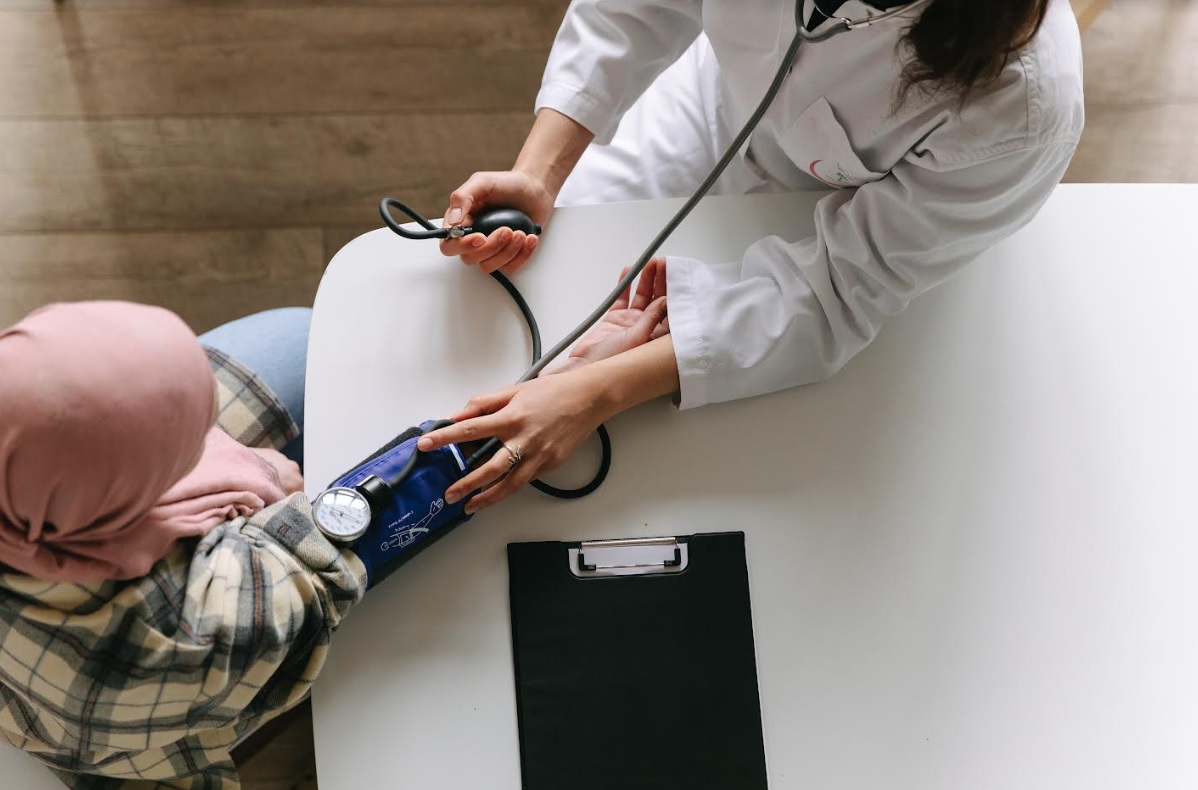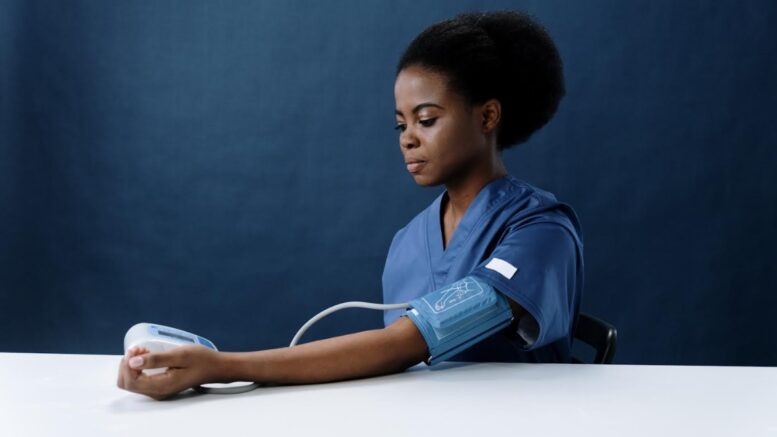Orthostatic hypotension, or postural hypotension, occurs when a person’s blood pressure drops upon standing up from a sitting or lying position. It can lead to dizziness or fainting and affects millions of people worldwide. The good news is there are several ways to manage orthostatic hypotension and mitigate its symptoms. It is important to manage orthostatic hypotension to avoid risks such as falls and injuries from fainting. The treatment options for orthostatic hypotension include lifestyle changes, medications, compression socks, diet modifications, and other therapies.
Lifestyle Changes
Orthostatic hypotension happens when there is a drop in blood pressure upon standing due to blood pooling in the veins of the legs and abdomen. This results in a temporary reduction in the amount of blood that returns to the heart, which in turn leads to a drop in blood pressure and causes a shortage of oxygen to the brain. Making simple lifestyle changes can significantly help relieve symptoms. These include drinking plenty of water and increasing salt intake to boost blood volume, slowly changing positions from sitting or lying to standing, exercising regularly to improve circulation, and sleeping with extra pillows to raise the head.
Medication
Some common causes of orthostatic hypotension include dehydration, heart problems, endocrine disorders, anemia, medications, and prolonged bed rest. But did you know that medication such as midodrine, fludrocortisone, and droxidopa may be necessary for some people to raise standing blood pressure? These medications work by constricting the blood vessels and stimulating the body’s sodium and water retention.
Compression Socks
Compression socks that provide pressure to the lower legs can also help combat the effects of gravity and reduce blood pooling. Compression socks come in different sizes and pressure levels, so you must get properly fitted socks and gradually build up to higher pressures. To maximize the benefits, wear your compression socks before getting out of bed in the morning and wear them throughout the day.
Dietary Changes
Making dietary changes like increasing caffeine and water intake, eating small and frequent meals, reducing alcohol and hot beverages, and consuming more vitamin B12 and folate-rich foods can help raise low blood pressure. Caffeine causes a temporary increase in blood pressure, while frequent meals prevent drops in blood sugar that may exacerbate symptoms. Reducing alcohol and hot drinks eliminates vasodilating effects. B12 and folate are important for blood cell formation and may improve anemia often linked to orthostatic hypotension.
Therapies
Physical therapy, tilt training, abdominal binders, and biofeedback are other options for managing orthostatic hypotension. Physical therapy helps strengthen muscles and improve balance; tilt training gradually exposes patients to standing, and the head-up position and abdominal binders provide external pressure to reduce blood pooling. Biofeedback teaches patients to control physiological responses such as blood pressure.

Herbal Supplements
Certain herbal supplements like licorice root, Siberian ginseng, gotu kola, and ginkgo bilobas can increase low blood pressure in some people. They are a good alternative if you are in an emergency, don’t have access to medications, or just don’t feel comfortable always going to the doctor for small issues. However, herbal remedies may not be suitable or effective for everyone, and you should check with your doctor before using them.
Surgery
In severe, persistent cases of orthostatic hypotension, surgical procedures such as pacemaker implantation or lumbar sympathectomy may provide relief when other treatments have failed. A pacemaker can speed up the heart rate and increase cardiac output. At the same time, a lumbar sympathectomy severs certain spine nerves and helps restore balance in the autonomic nervous system.
Coping Strategies
By using mobility aids, wearing an alert bracelet, planning activities carefully, and avoiding triggers such as heavy lifting that exacerbate symptoms, patients can better cope with orthostatic hypotension. Mobility aids provide extra stability and support, a medical bracelet informs emergency responders, anticipating positional changes and allowing more time to stand up or move slowly can prevent drops in blood pressure, and minimizing straining maneuvers helps maintain steady blood pressure.
Conclusion
In conclusion, orthostatic hypotension can be managed effectively through lifestyle adjustments, medications as needed, compression therapy, diet, and other therapies. The key is to try various options to find the right solution for your condition. However, patients are always advised to consult their healthcare professional for the best treatment outcomes. By working closely with your doctor and taking control of your health, you can limit the impact of orthostatic hypotension on your daily life.
